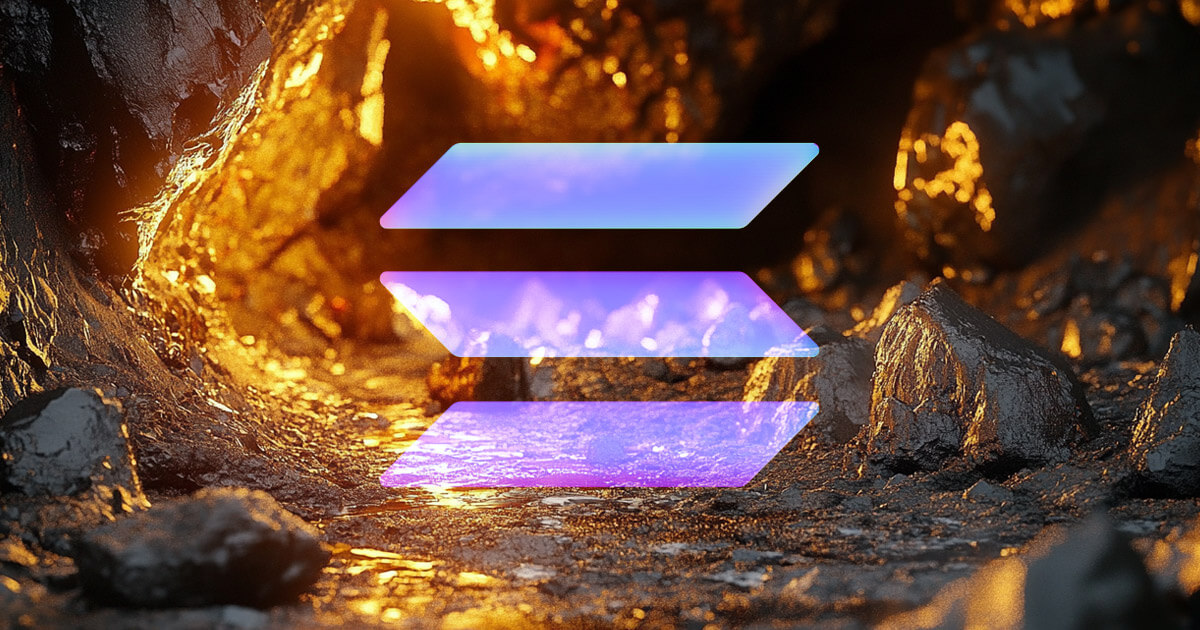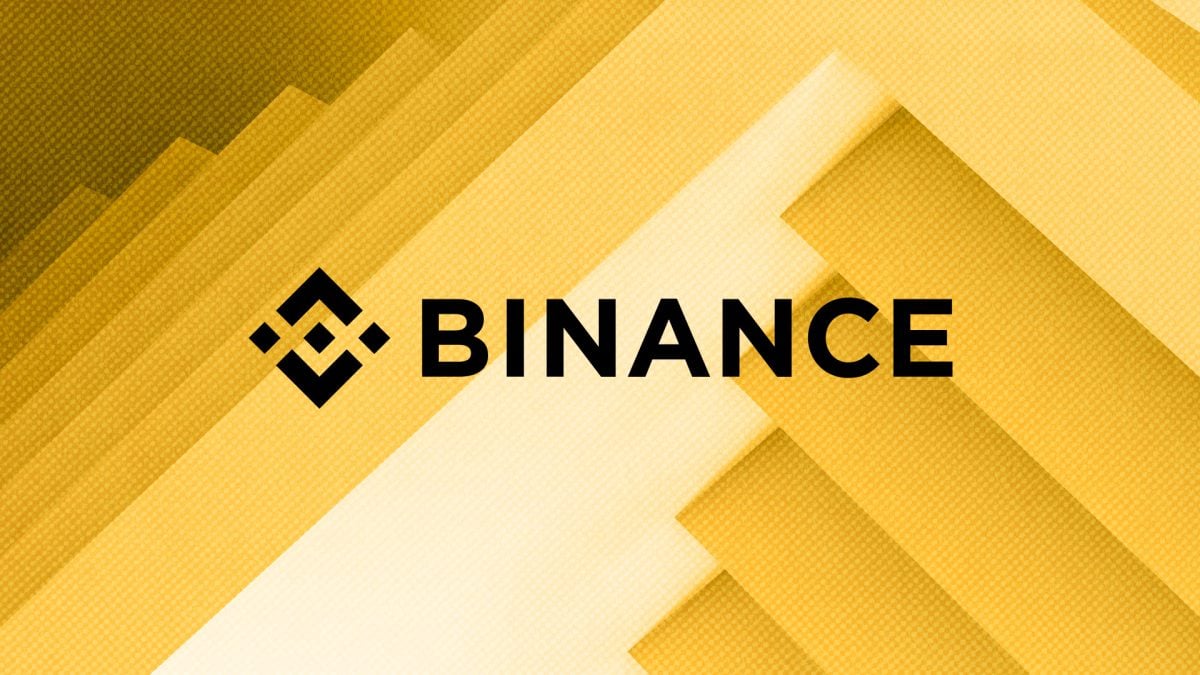Polygon Labs wants to help transform the EVM blockchain into validity through ‘Type 1 Provers’.

last week, polygon ![]() Matic
Matic
-3.60%
We introduced “Type 1 Provers,” a technology that enables EVM-compatible chains to adopt zero-knowledge proofs.
The Type 1 Prover is scheduled to be released later this year. This is integrated into Polygon’s CDK (software stack) and represents an advancement over the project’s previous Type 2 proof mechanism, which lacked compatibility with other EVM chains. “Type 1 provers can generate zero-knowledge proofs for any EVM chain without any hard forks or adjustments to existing clients,” Brendan Farmer, co-founder of Polygon, told The Block.
Polygon Labs seeks to leverage provers to transform a wide range of blockchains, including sidechains and optimistic rollups, into validators, a special form of layer 2 network that leverages zero-knowledge proofs to improve efficiency and reduce transaction costs.
Validiums stores only zk proofs on the Ethereum mainnet with real transaction data stored off-chain, supported by a data availability solution. This structure contrasts with ZK-Rollups, which require app data evidence to be published on the Ethereum mainnet.
Farmer emphasized that if a project wants to leverage Type 1 provers, it can also opt for a full-fledged ZK rollup. He made it clear that ultimately it was up to the team to make the decision.
Transition to ZK-based network
Switching to a ZK-based network (e.g. validiums or ZK-rollup) could potentially provide benefits to layer 2 projects, including eliminating the 7-day withdrawal delay associated with optimistic rollup solutions (e.g. Optimism and Arbitrum).
Farmer said these delays are controversial because they result in additional time and costs for users who rely on third-party bridges for transactions.
“It’s like paying tens of millions of dollars to a third-party bridge,” Farmer added, “and when you look at the cost of proving every transaction in these optimistic rollups, it’s hundreds of thousands of dollars.” “Users are incurring significant costs on unnecessary Optimistic Layer 2, and upgrading to a ZK-based network solves this problem.”
Following the ZK transition, chains can be connected via AggLayer, Polygon’s interoperability protocol that promises interoperability and integrated liquidity for Layer 2. The first version of AggLayer is scheduled to be released in February and will allow developers to connect blockchains.
The goal is to ensure uniform security across modular and monolithic chains, including chains within the Polygon ecosystem. AggLayer will be an important component of Polygon 2.0, the next version of the Polygon network. Unlike typical interoperability solutions, we aggregate ZK proofs across all connected chains.
Disclaimer: The Block is an independent media outlet delivering news, research and data. As of November 2023, Foresight Ventures is a majority investor in The Block. Foresight Ventures invests in other companies in the cryptocurrency space. Cryptocurrency exchange Bitget is an anchor LP of Foresight Ventures. The Block continues to operate independently to provide objective, impactful and timely information about the cryptocurrency industry. Below are our current financial disclosures.
© 2023 The Block. All rights reserved. This article is provided for informational purposes only. It is not provided or intended to be used as legal, tax, investment, financial or other advice.



